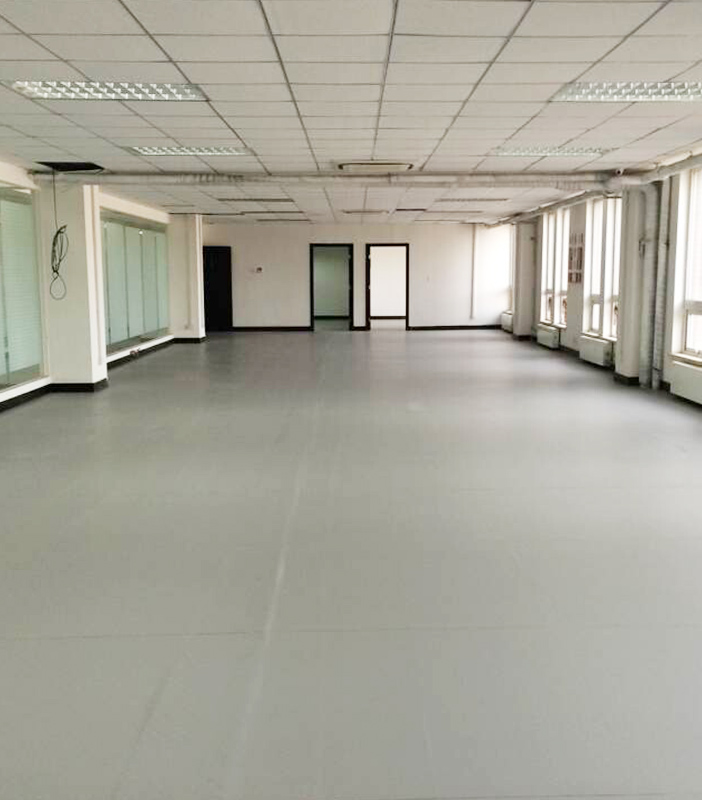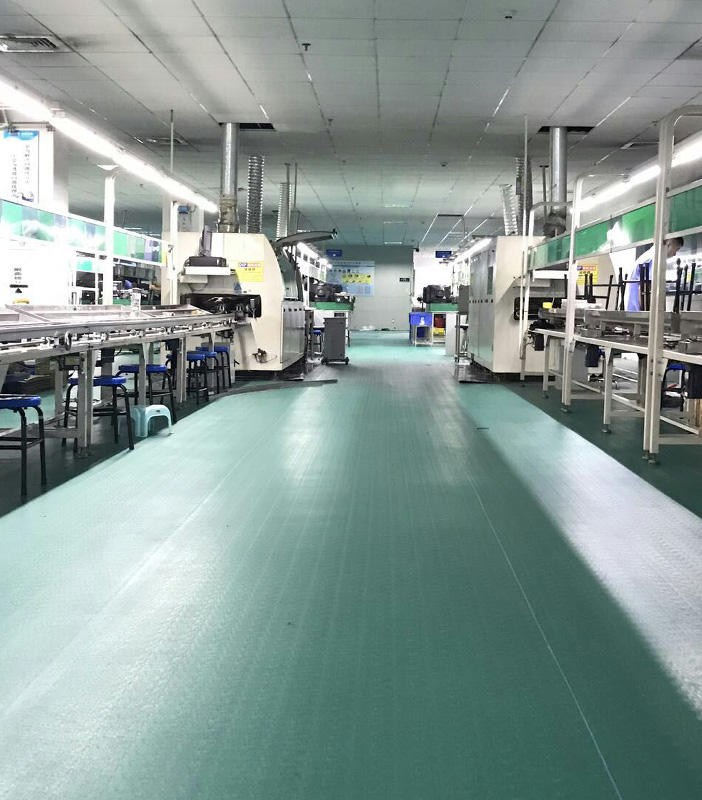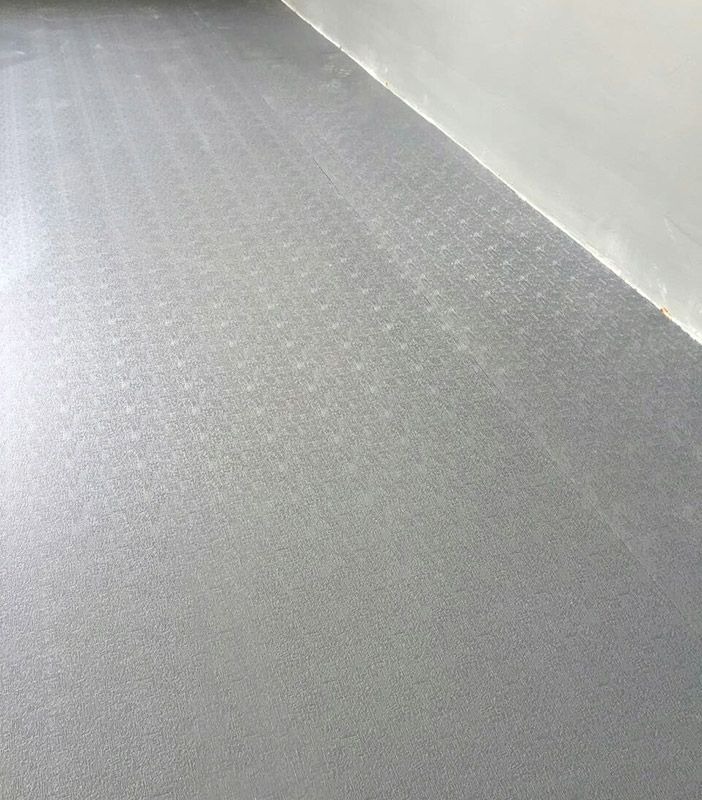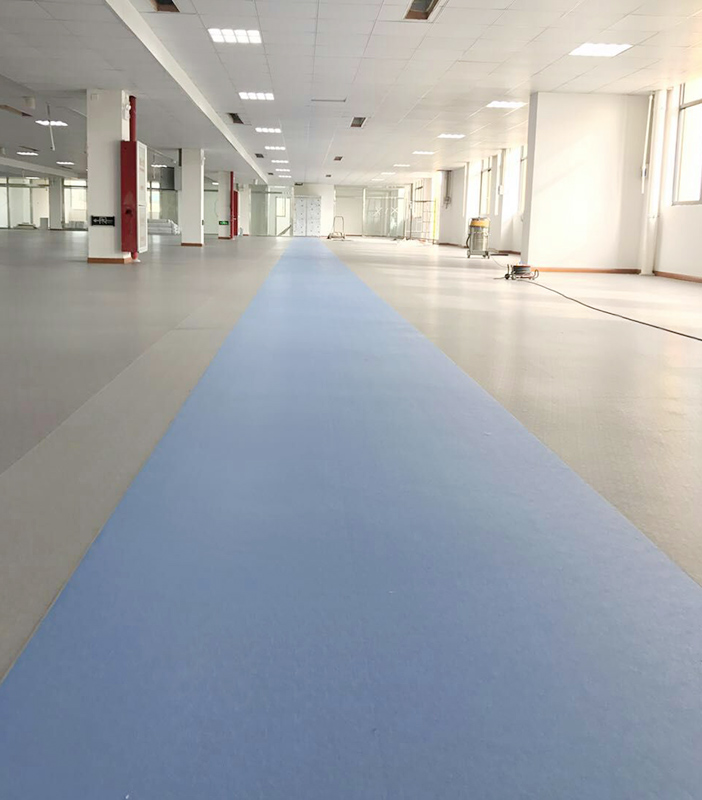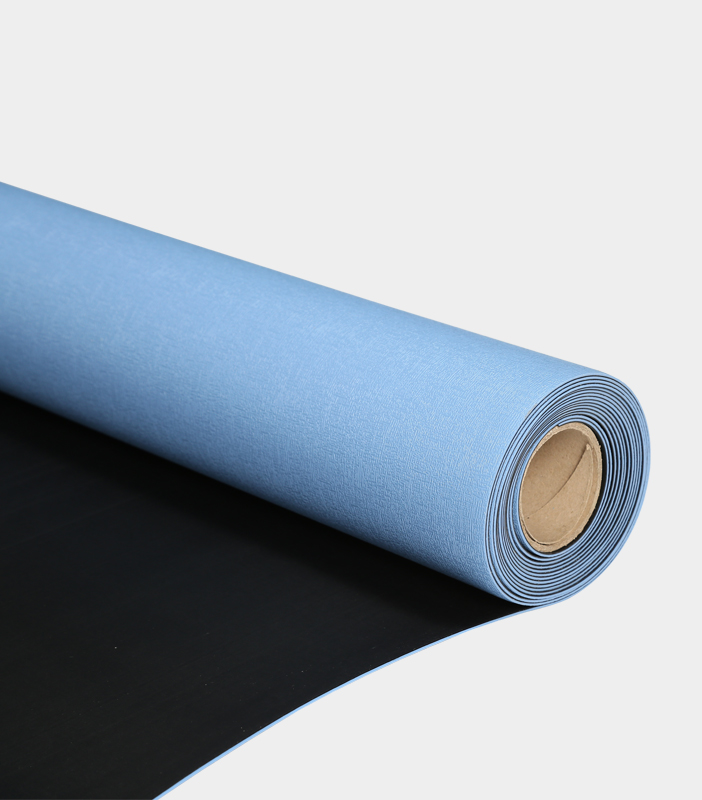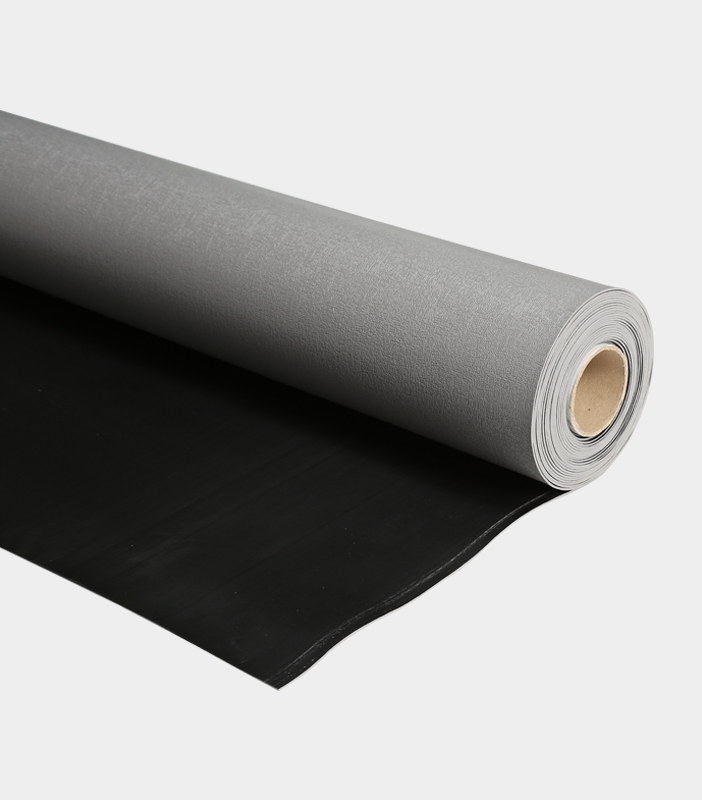Electrostatic discharge (ESD) is a constant concern in environments where sensitive electronic components are manufactured, handled, or repaired. ESD protection is vital to prevent costly damage to these components. Two commonly used materials for ESD mats are rubber and vinyl.
1. ESD Rubber Mats for Work Surfaces:
ESD Rubber Mats are a popular choice for work surfaces in ESD-sensitive areas. They are known for their excellent conductivity, making them highly effective at dissipating static charges. These mats often come with a textured surface for added grip and durability, making them suitable for various work environments.
2. ESD Vinyl Mats for Work Surfaces:
ESD Vinyl Mats are another option for work surfaces. They offer good ESD protection and are typically less expensive than rubber mats. Vinyl mats are easy to clean and maintain, which can be a significant advantage in environments where cleanliness is crucial.
3. ESD Rubber Mats for General Purposes:
ESD Rubber Mats are versatile and can be used in a wide range of applications, not just work surfaces. They are often used as floor mats, shelf liners, or as protective covers for ESD-sensitive equipment. Their durability and conductivity make them a reliable choice for general ESD protection.
4. ESD Vinyl Mats for General Purposes:
ESD Vinyl Mats are equally versatile and can be used in various settings. While they may not offer the same level of conductivity as rubber mats, they provide adequate ESD protection for most general purposes. Vinyl mats are available in various colors and can be customized to match the workspace's aesthetics.
Now, let's compare rubber and vinyl mats based on some key considerations:
1. Conductivity:
- ESD Rubber Mats: These mats generally offer higher conductivity compared to vinyl mats. This means they can quickly and effectively dissipate static charges.
- ESD Vinyl Mats: While vinyl mats provide ESD protection, they may have slightly lower conductivity than rubber mats. However, for many applications, their level of conductivity is sufficient.
2. Durability:
- ESD Rubber Mats: Rubber mats are known for their durability and resistance to wear, making them suitable for heavy-duty applications.
- ESD Vinyl Mats: Vinyl mats are also durable but may not withstand heavy abrasions as well as rubber mats.
3. Maintenance:
- ESD Rubber Mats: Rubber mats can require more maintenance due to their textured surface, which may trap dust and particles. Regular cleaning is essential to maintain their effectiveness.
- ESD Vinyl Mats: Vinyl mats are easier to clean and maintain. Their smooth surface is less likely to accumulate debris, making them a convenient choice for cleanliness-conscious environments.
4. Cost:
- ESD Rubber Mats: Rubber mats are typically more expensive than vinyl mats, but their longevity and high conductivity can offset the initial cost.
- ESD Vinyl Mats: Vinyl mats are generally more cost-effective, making them a budget-friendly option for ESD protection.
5. Customization:
- ESD Rubber Mats: Rubber mats can be customized with textures and designs. They are available in various colors to match workspace aesthetics.
- ESD Vinyl Mats: Vinyl mats offer customization options for colors and branding, allowing for a personalized touch.
When choosing between rubber and vinyl ESD mats, it's essential to consider the specific needs of your workspace. Rubber mats excel in situations where high conductivity and durability are crucial, while vinyl mats offer cost-effective ESD protection with easy maintenance. The choice ultimately depends on your budget, the level of ESD protection required, and the intended application of the mats. Both materials play a vital role in safeguarding sensitive electronic components and maintaining a static-free environment.

 简体中文
简体中文 English
English España
España Deutsch
Deutsch